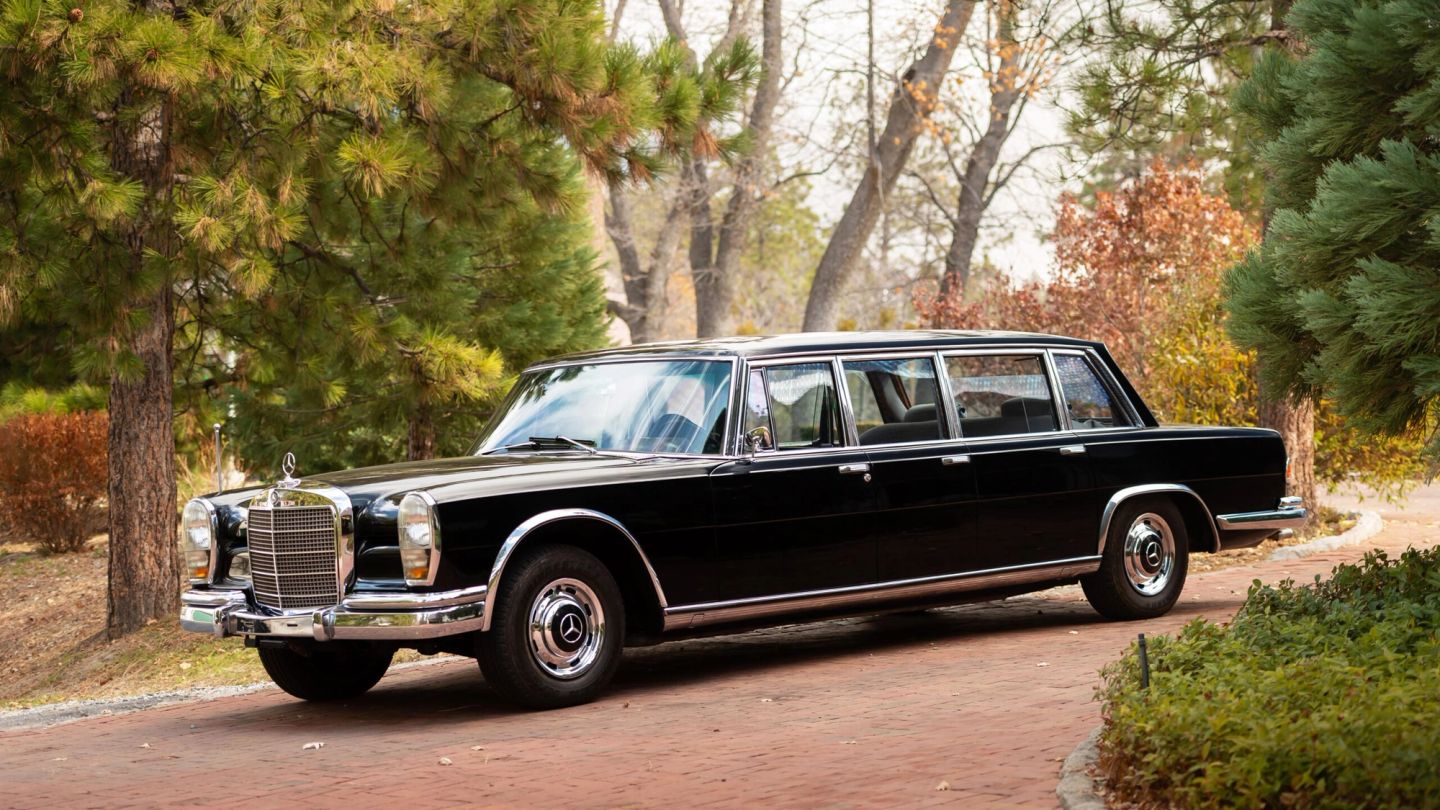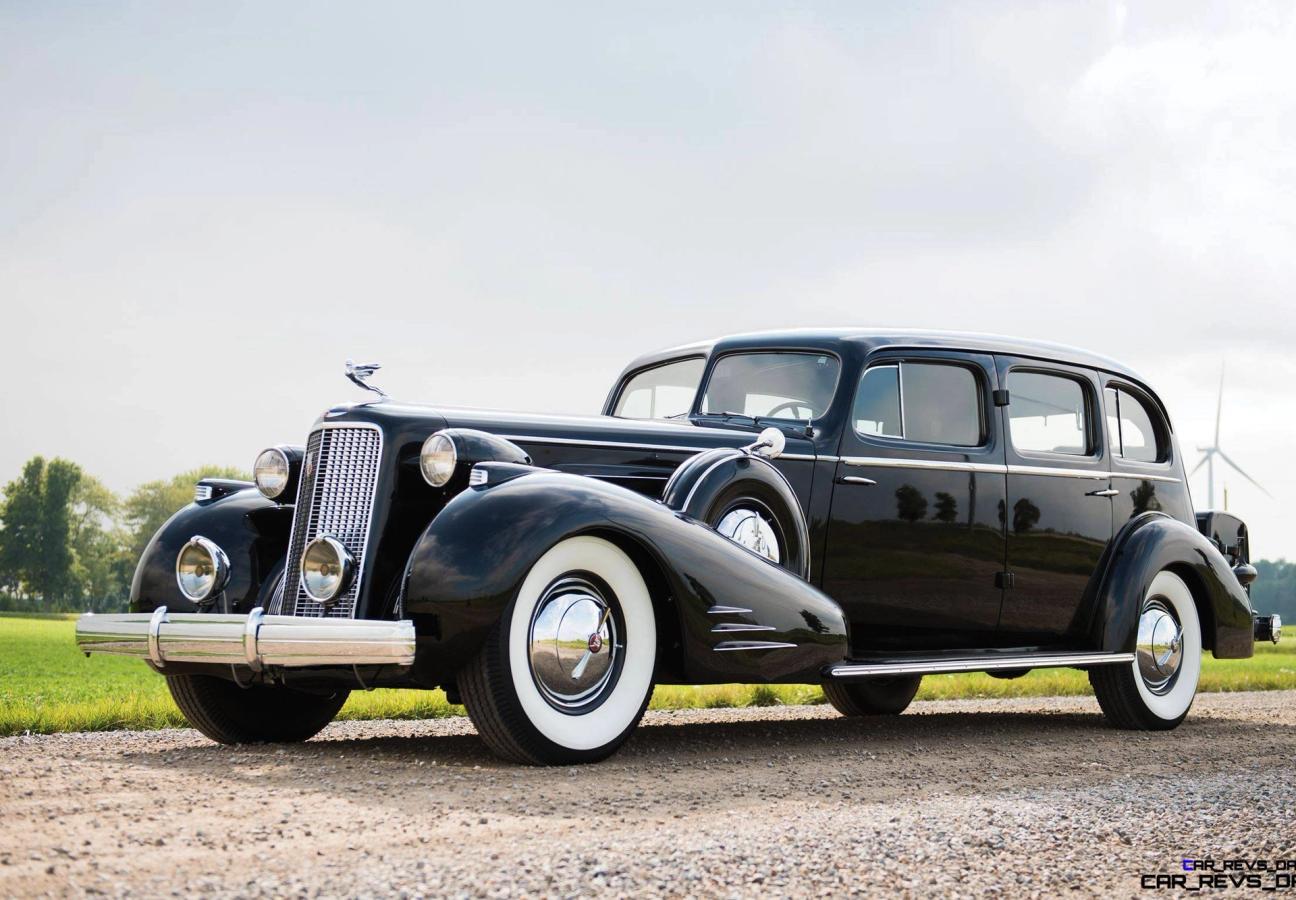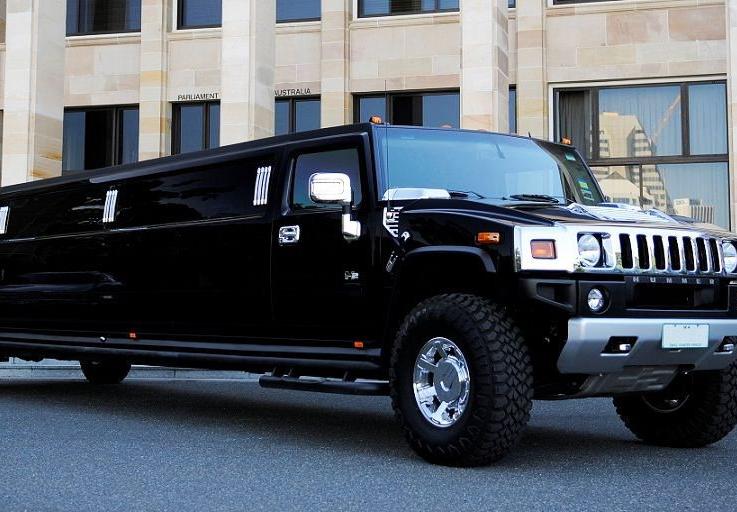

Words: Jonathan Wells
Okay, maybe that’s a bit of a stretch. Maybe we don’t love limousines. But we’re certainly fascinated by them — the lengthy luxury and drawn-out, decadent designs. The mini-fridges, flat screen televisions and mood lighting. They’re the stuff of glamorous Hollywood legend; red-carpet rides where tinted windows hide dark deeds and Champagne on-tap.
But it wasn’t always this way. Today, we may be fascinated by limousines — the kitsch and the novelty — but, when they first rolled onto roads over a century ago, these cars were the height of sophistication.
Let’s start at the beginning. Back in the day, when aristocrats and the affluent trotted around in horse-drawn carriages, they wanted to sit inside — hidden away from the elements. Chauffeurs, on the other hand, had to sit outside — being buffeted by the wind and the rain. Because, naturally, only the wealthy deserve to be protected from the weather.
When the first limousines arrived at the beginning of the 20th century, this upstairs-downstairs principle prevailed. By 1916, the US Society of Automobile Engineers defined a limousine as “a closed car seating three to five inside, with driver’s seat outside”.
There were also plenty of variations. A ‘Berline’ featured an entirely enclosed driver’s seat, as with most limos today. A ‘Brougham’ was a limousine with no roof over the driver’s head — particularly cruel. A ‘Limousine De-Ville’ was intended for town driving, and a ‘Limousine-Landaulet’ was a convertible design.
But hold on — where did the term ‘Limousine’ spring from to begin with? It’s almost definitely borrowed from the grassy French province of Limousin (hold the ‘e’), but there’s no obvious link between the rural region and these luxury motors. One theory suggests that the carriage hoods of limousines resembled the raised hoods of Limousin shepherd cloaks. Another posits that early chauffeurs wore similar cloaks, and the name was carried across that way.
Who knows? Cloaks or no cloaks, it soon wouldn’t matter — as the wealthy wised up and realised that their chauffeurs deserved cover of their own. Over the following decades, limousine design came to resemble the stereotypical set-up: cars were built on long-wheelbases (not too stretched just yet — that madness begins later) and had a partition between driver and passengers.

So who needed these cars — crafted luxuriously to give passengers intense privacy? Easy. The richest and most regal of people; the governing class, the peerage and presidents (all the people who used to make those poor chauffeurs sit outside). Limousines, after all, play by the ‘bigger is better’ rulebook — affording unparalleled comfort and class to those who can afford it.
The current White House limousine, for example, nicknamed ‘The Beast’, is a $16 million Cadillac — built on a Chevrolet truck wheelbase and kitted out with fire-suppressant system, air supply, run-flats, and both bullet and bombproof glass. The Queen has had the same Bentley State Limousine for two decades, and Putin forked out for a new armour-plated, Russian-made Aurus State Limousine in 2018. But, arguably, these Presidents and Heads of State actually need their limousines…
Stretch limousines, on the other hand, are bought almost exclusively by those who want a limousine. Often as bombastic and cartoonish as their owners, these cars have a history that dates back to 1928. In Arkansas, a coach company called Armbruster created the first stretch limousine — dreamt up and bolted together to whisk around whisky-soaked big bands between concerts.
From Glenn Miller to Benny Goodman, these ‘big band buses’ were advertised by Armbruster as “extended-wheelbase multi-door auto-coaches” and could transport everything from your bass trombone to your baritone sax — with a whole rhythm section to boot.
Over time, others decided that they also wanted to stretch-out and supersize their limousines. Why should the Kings of Swing have all the fun? And, before long, Armbruster was creating its patented 12-person people-movers for hotel chains, tour companies and even large corporations. In 1962, Checker Motors created a similar stretch; the ‘Aerobud’ was a 15-seat limo designed to transport airline passengers out of town. More companies followed Checker to the airport, and this was when the design really took off — with stretch limousines even earning the nickname ‘Airporter Stretch Coaches’. Catchy.
Celebrities caught on, too. Elvis Presley’s 1963 Rolls-Royce Phantom V Touring had electric windows, air conditioning and a microphone for road-trip singalongs. And John Lennon famously let a collective of Dutch artists loose on his own 1965 Phantom V Touring — who painted it bright yellow and covered it in distinctive swirling patterns. (In 1967, the Beatle was confronted by an elderly woman, who shouted: “You swine! How dare you do that to a Rolls-Royce!”)
Today, countless companies still split cars and stretch them into limousines. But, from Royale Limos and INKAS Vehicle Manufacturing to (the rather on-the-nose) BIG Limos, these custom coachmakers only create stretches from existing models. In fact, the last production stretch limousine was the Cadillac Fleetwood in 1977 — another of several owned by Elvis.
Currently, none of the three limousines in official production are stretch. Lincoln make the MKT Livery and Navigator L. Mercedes-Benz make the Pullman. But these resemble the older, slightly shorter and more conservative set-ups.

That’s not to say there isn’t still a desire for stretches. There is — with certain cars even finding second elongated lives in the world of longer limousines. The Hummer H2, for example, may have failed to muscle out Range Rovers and G-Wagens as an upmarket SUV, but it has been incredibly successful as a novelty stretch.
Predictably, there are designs that go too far. A 1970 Cadillac Eldorado limousine springs to mind; retrofitted with 26 wheels, a swimming pool and a helicopter landing pad. Or the Sultan of Brunei’s 1990 Rolls-Royce Silver Spur II Stretch — ordered for his wedding day and fully plated, down to the wheel trims, with pure gold.
But, while we wince, this — in a 24-carat nutshell — is why we love limousines. They’re a tinted window onto a world that we can neither afford or envisage. They’re indulgence on wheels, packed with more quirks and customisations that you could ever fit in a boring, normal-sized car. And, if you can look past the tacky, tasteless kitsch limos, aren’t they actually just kind of fun?
Want more cars of the past? Here’s a short history of the Mille Miglia, Italy’s most famous car race…
Become a Gentleman’s Journal member. Find out more here.


